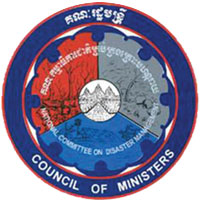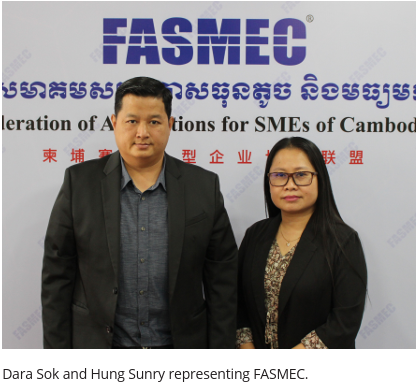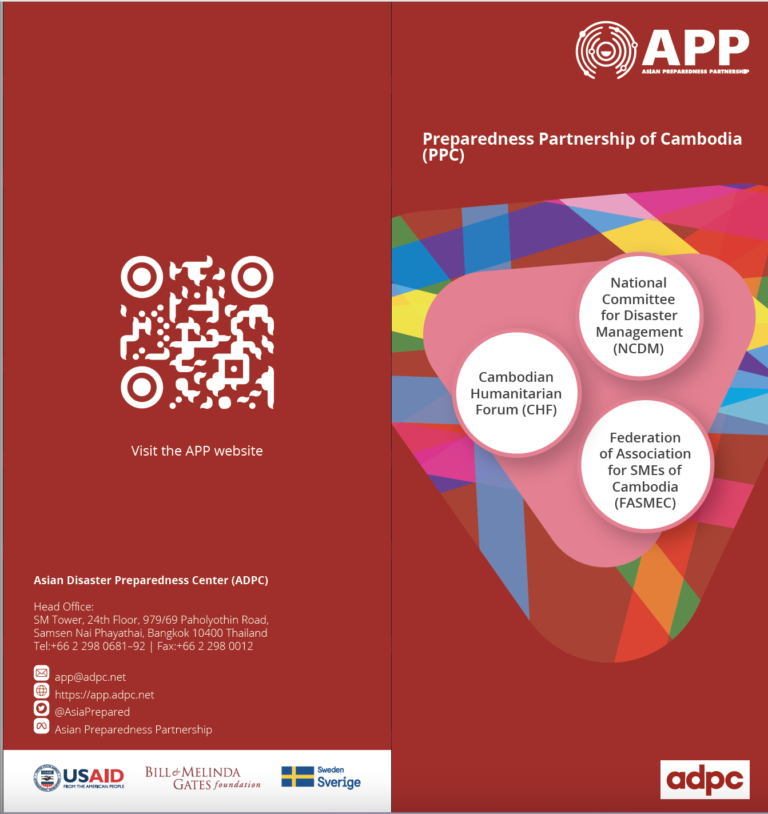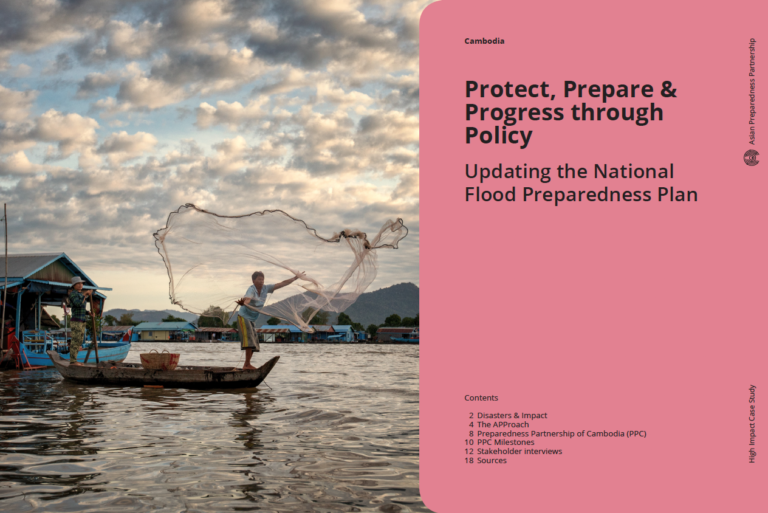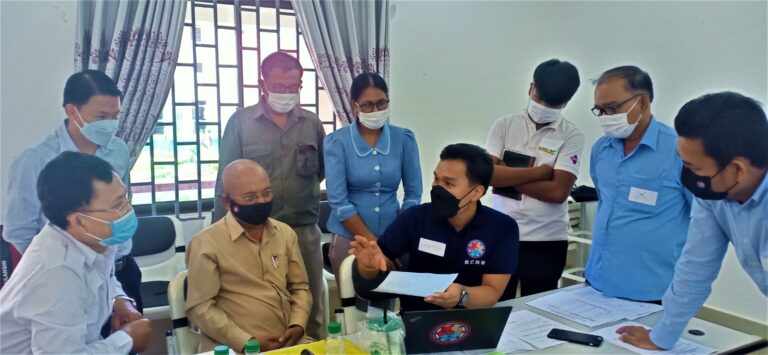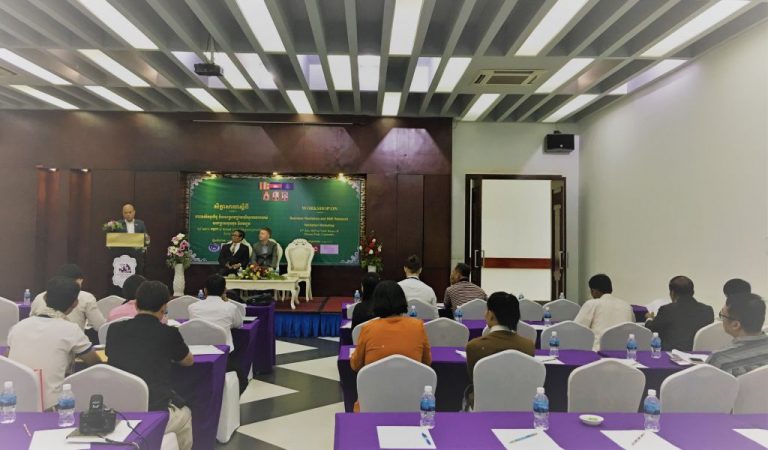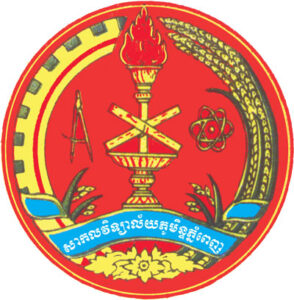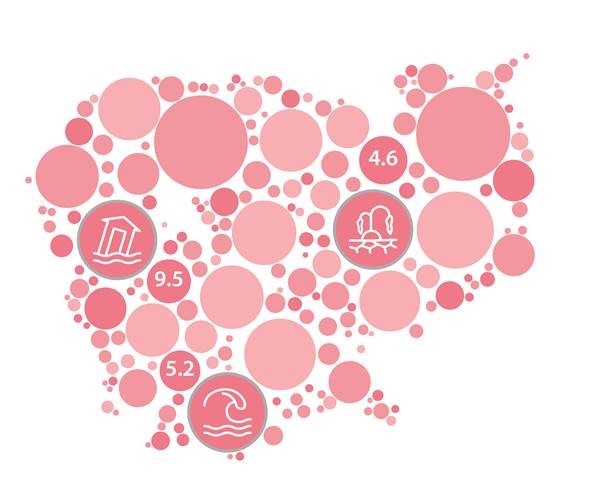
Cambodia is located at the southernmost parts of the Mekong river basin to the delta. The river is the economic and life source of Cambodia with more than three-fourths of 16.9 million people living along the basin. The country is one of the most disaster-prone in South-East Asia with more frequent occurrences of floods and droughts over the last decade. Moreover, the delayed rains during the wet season and flash flooding from the Mekong River have exacerbated disaster events since 2002.
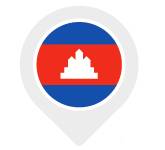
Cambodia has an overall risk index of 4.8. The country’s most common disaster events of floods (9.5), tsunamis (5.2), and droughts (4.6).
